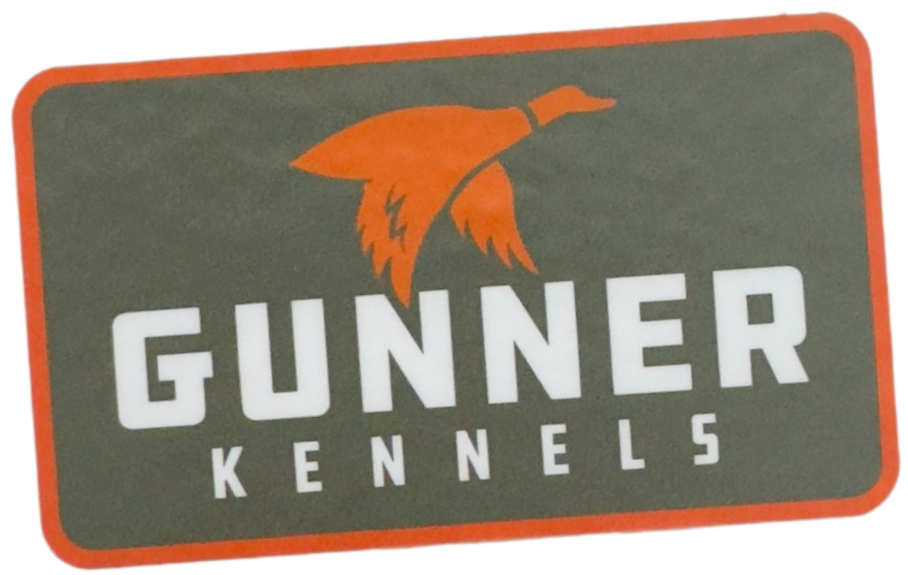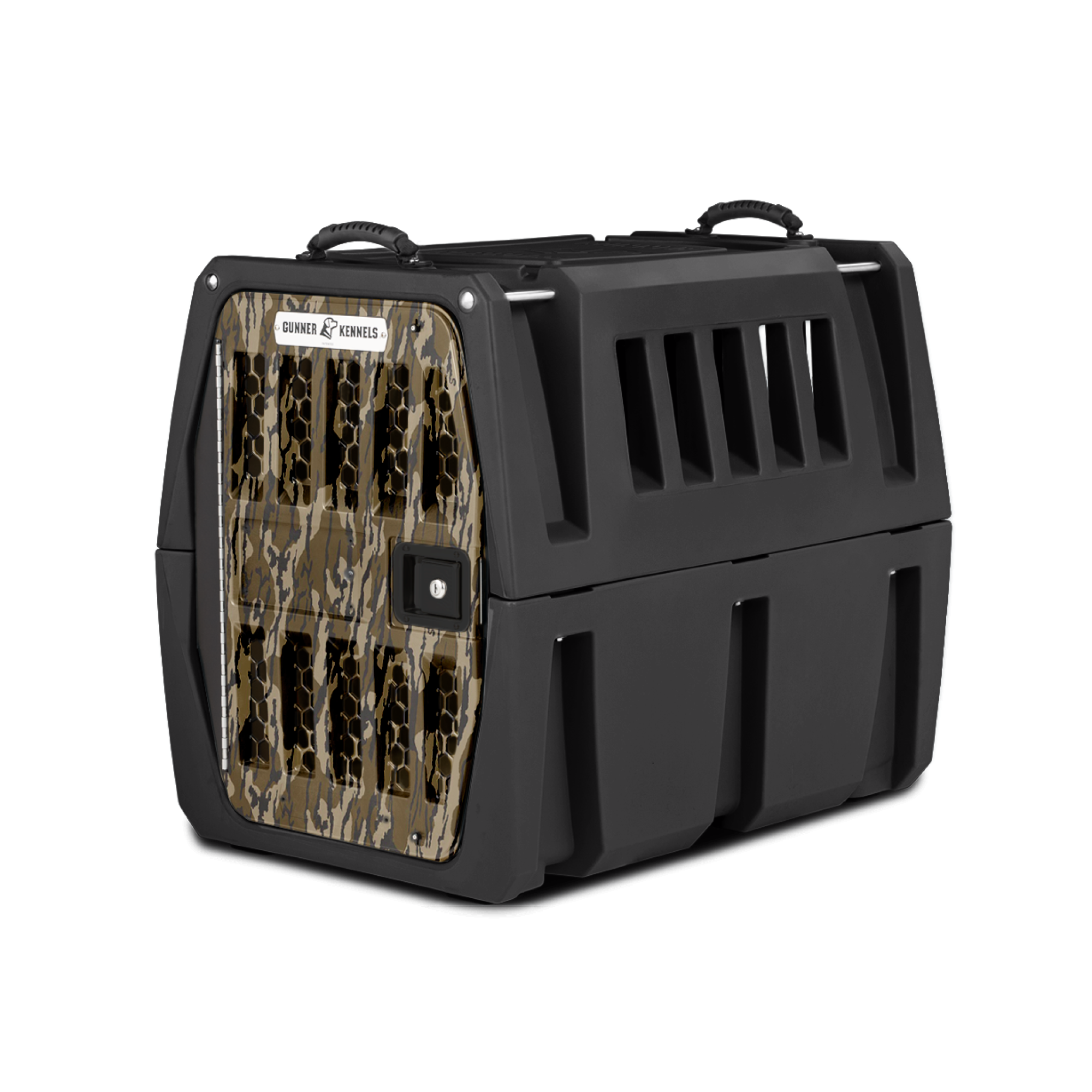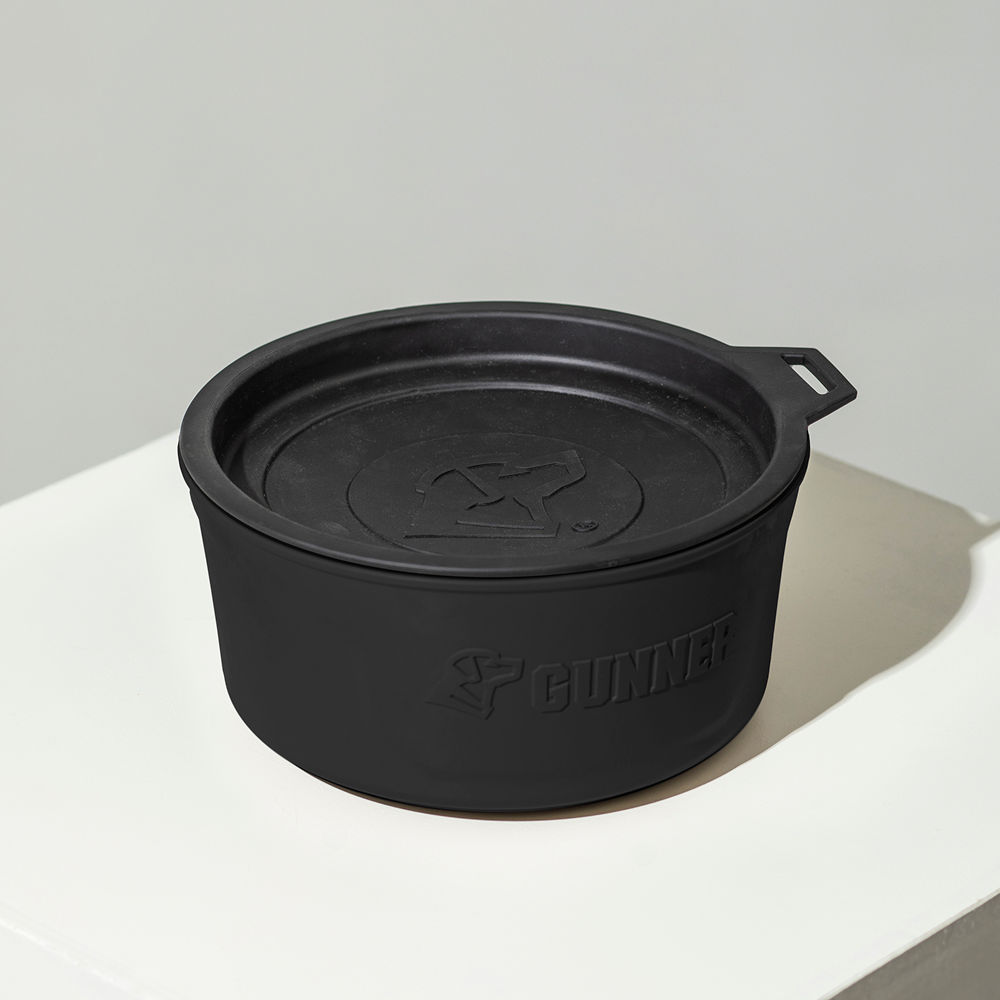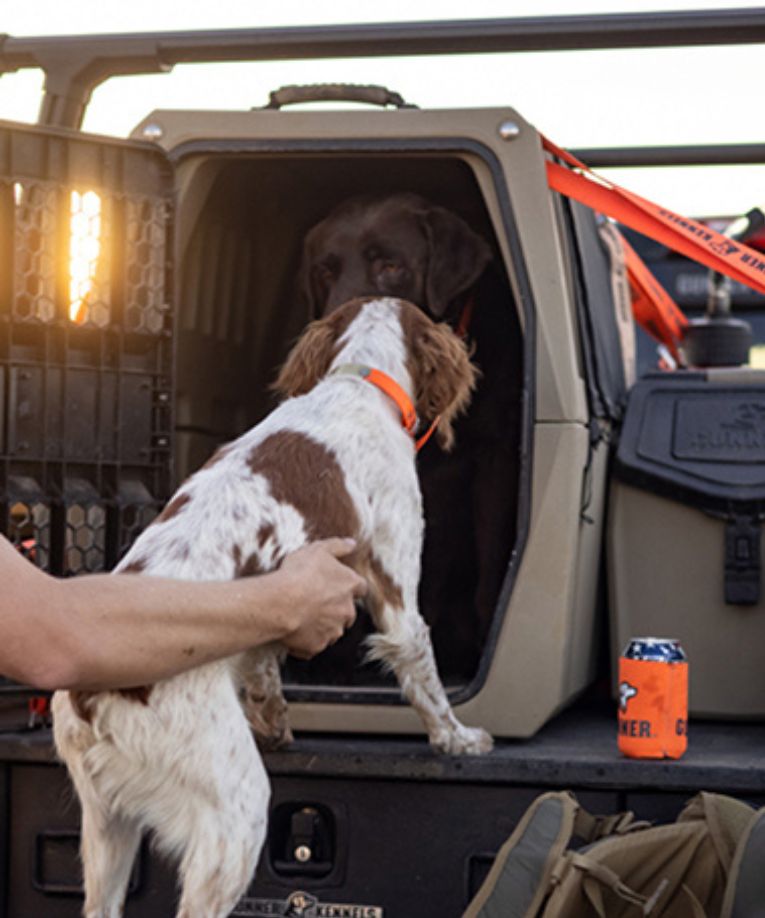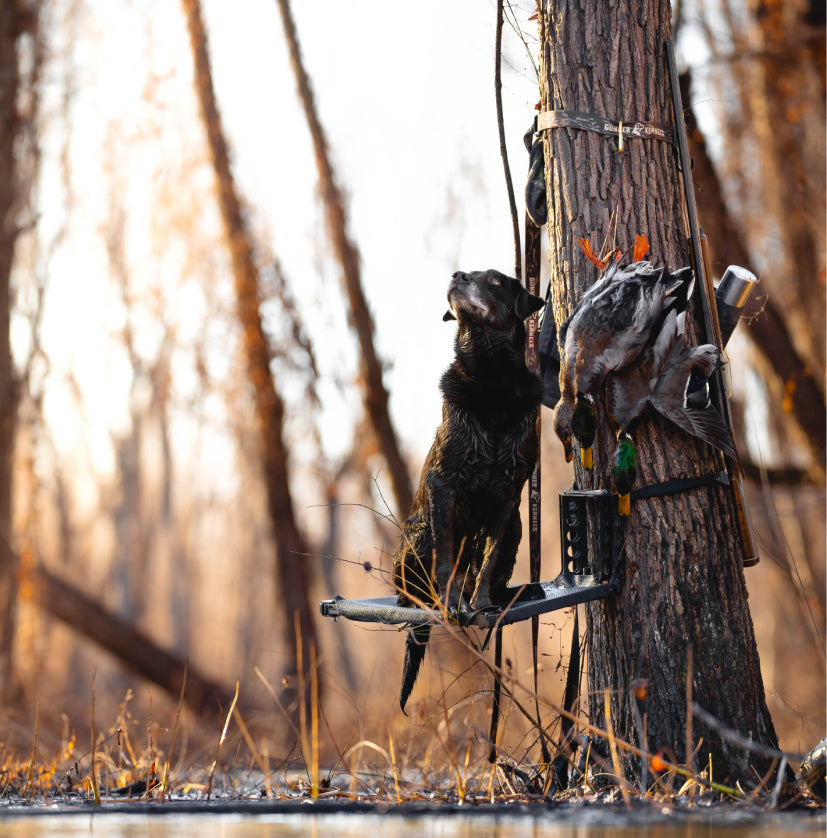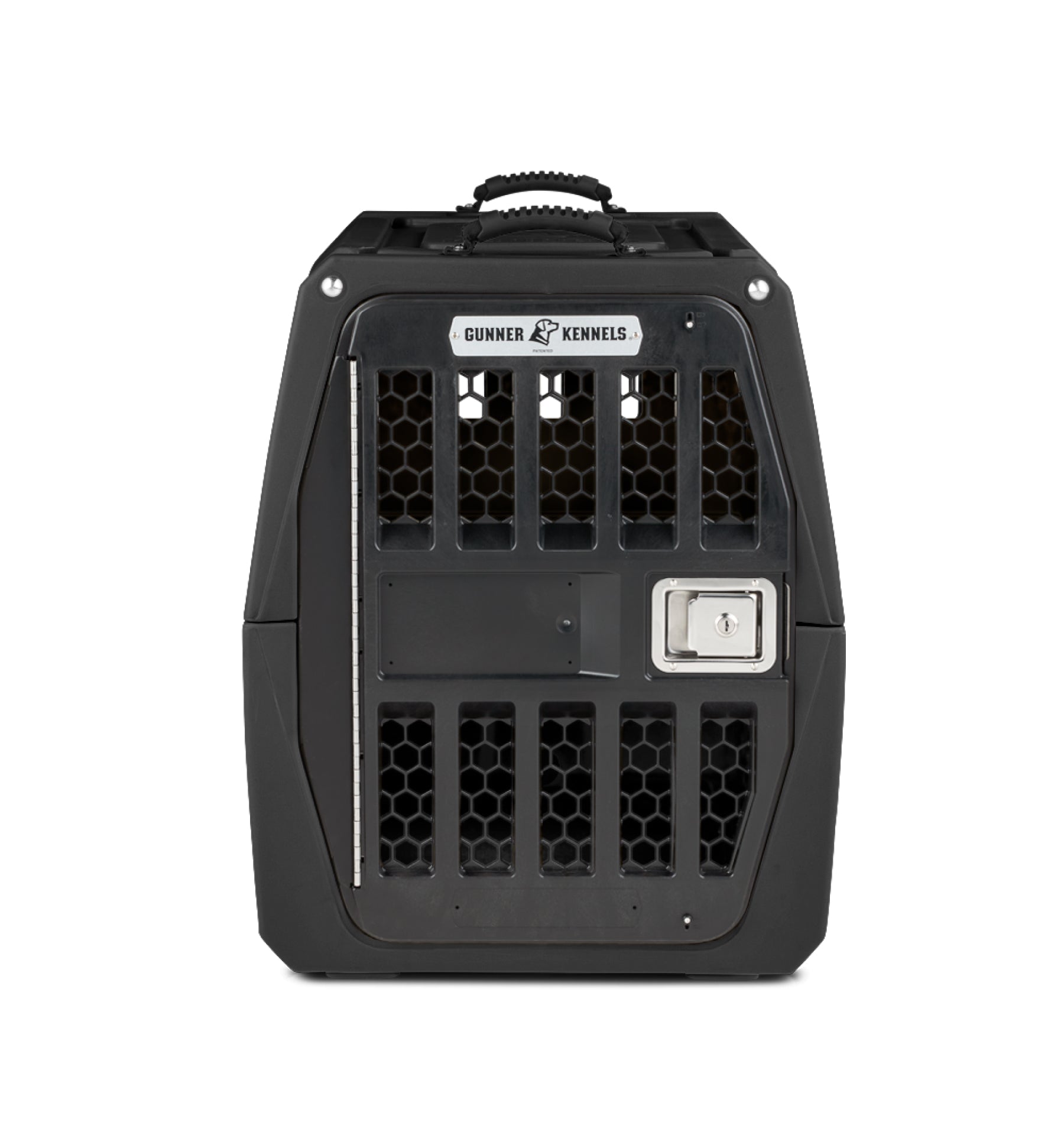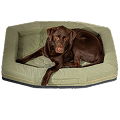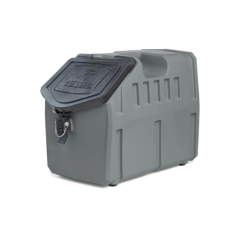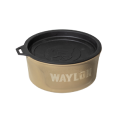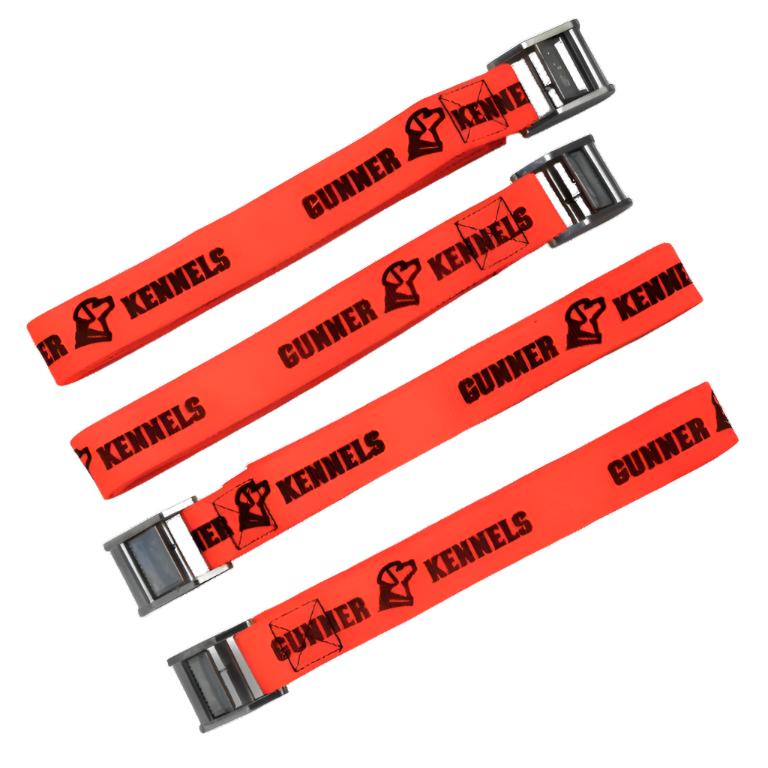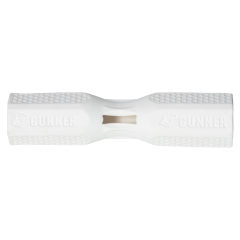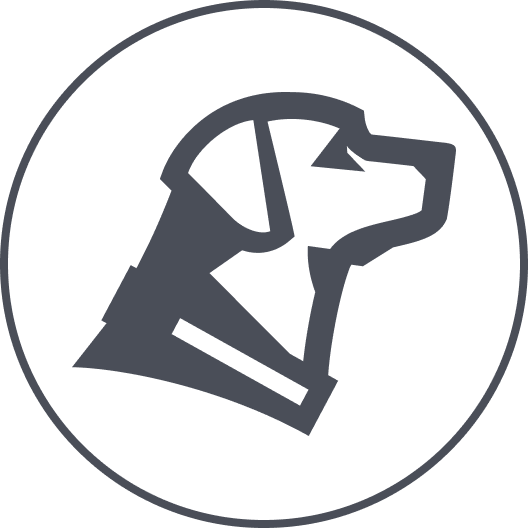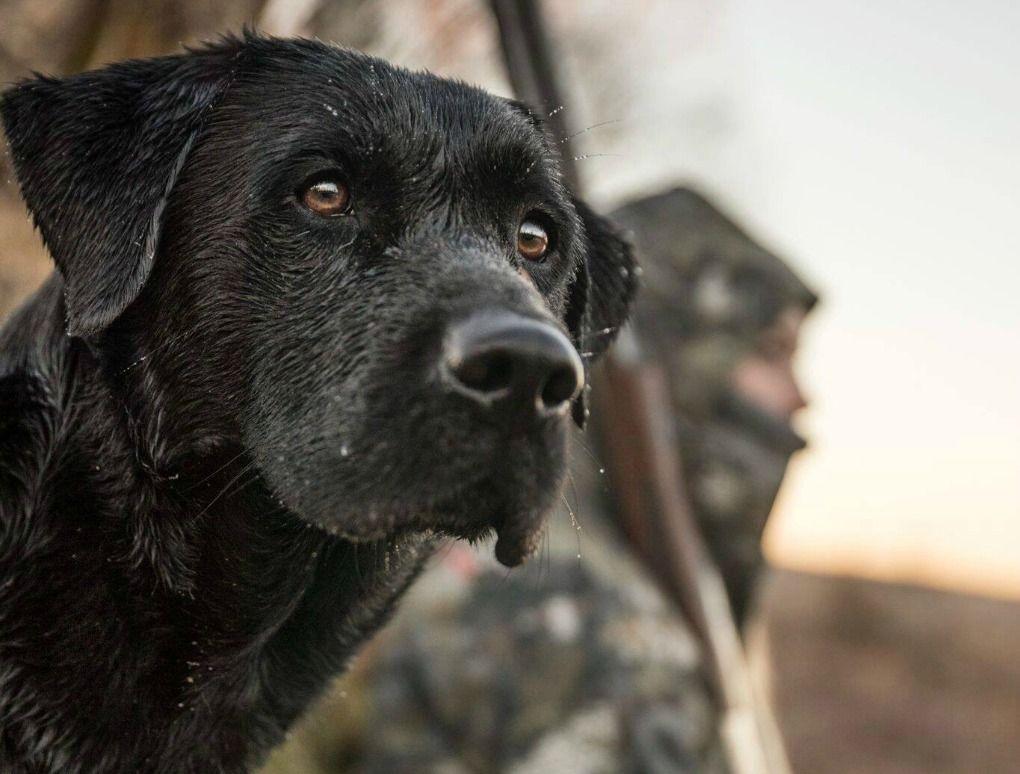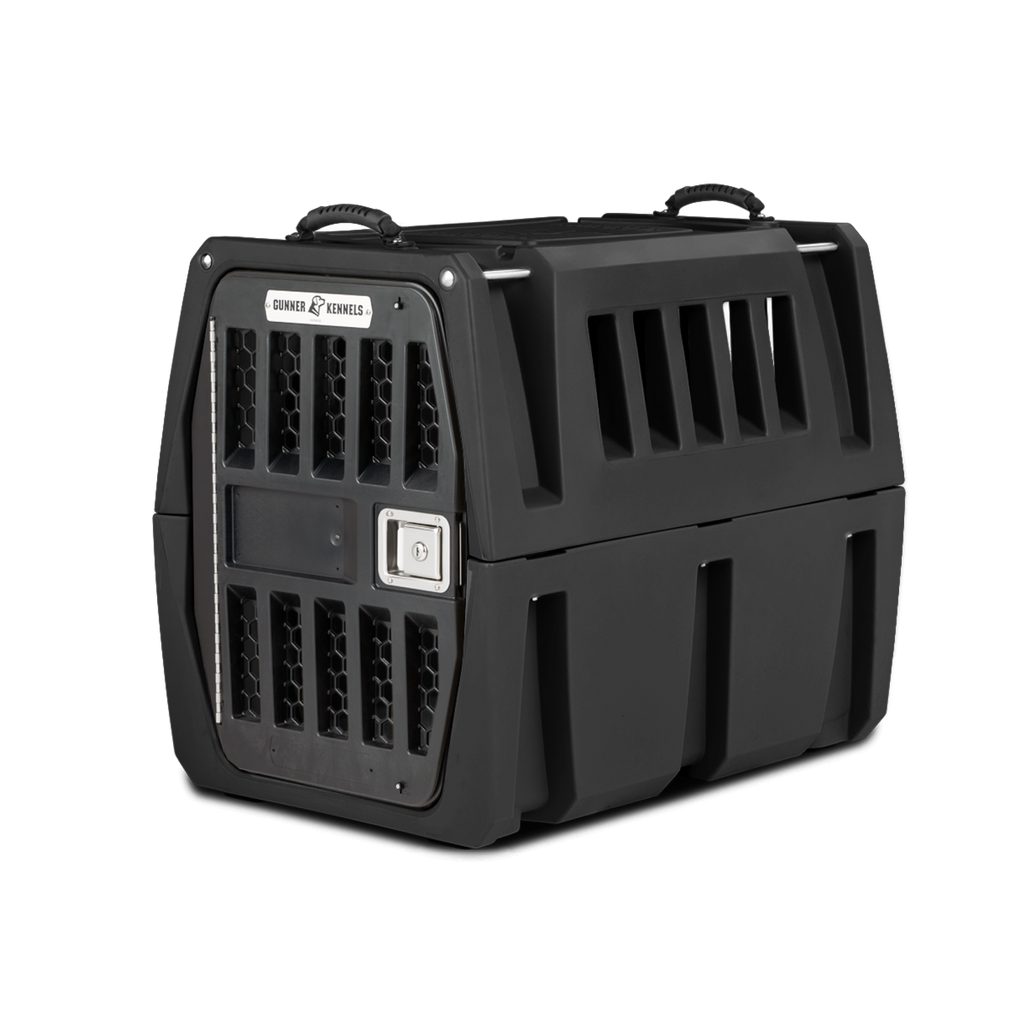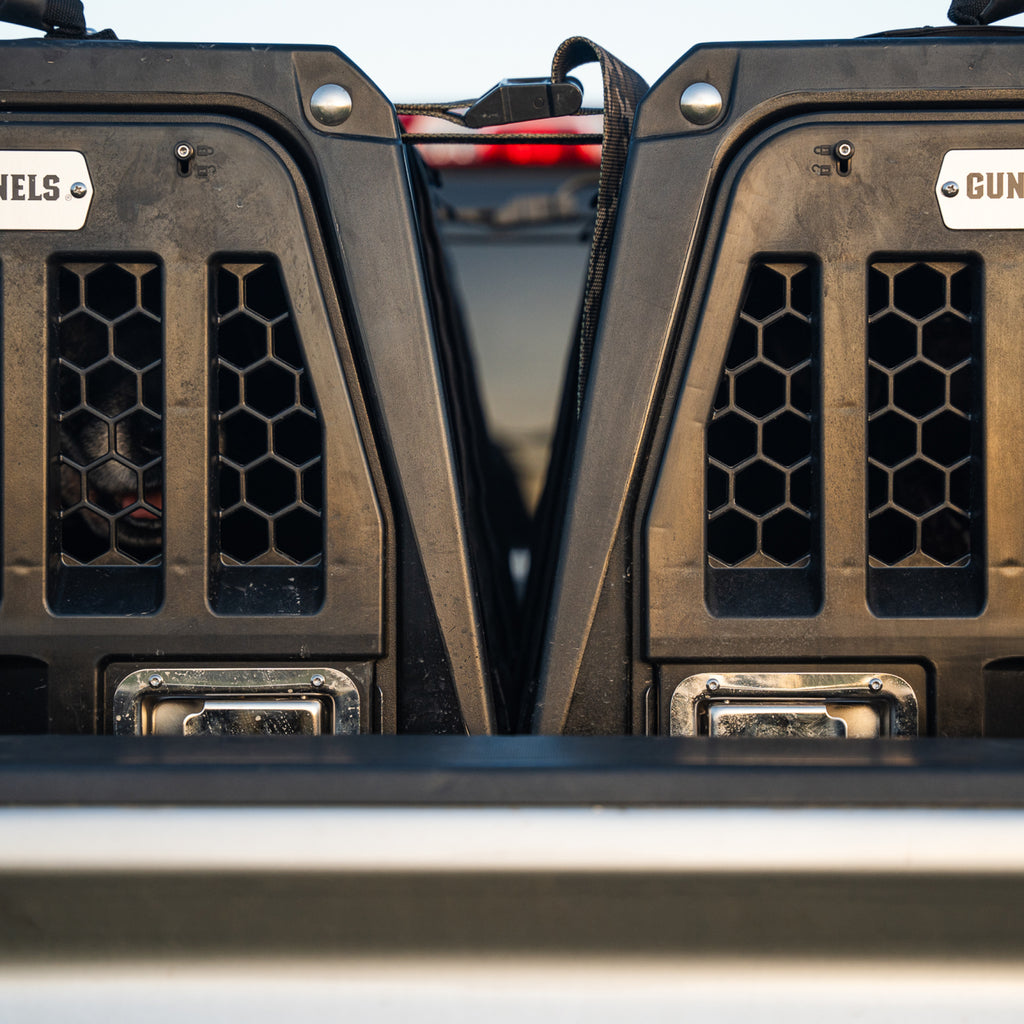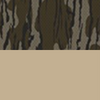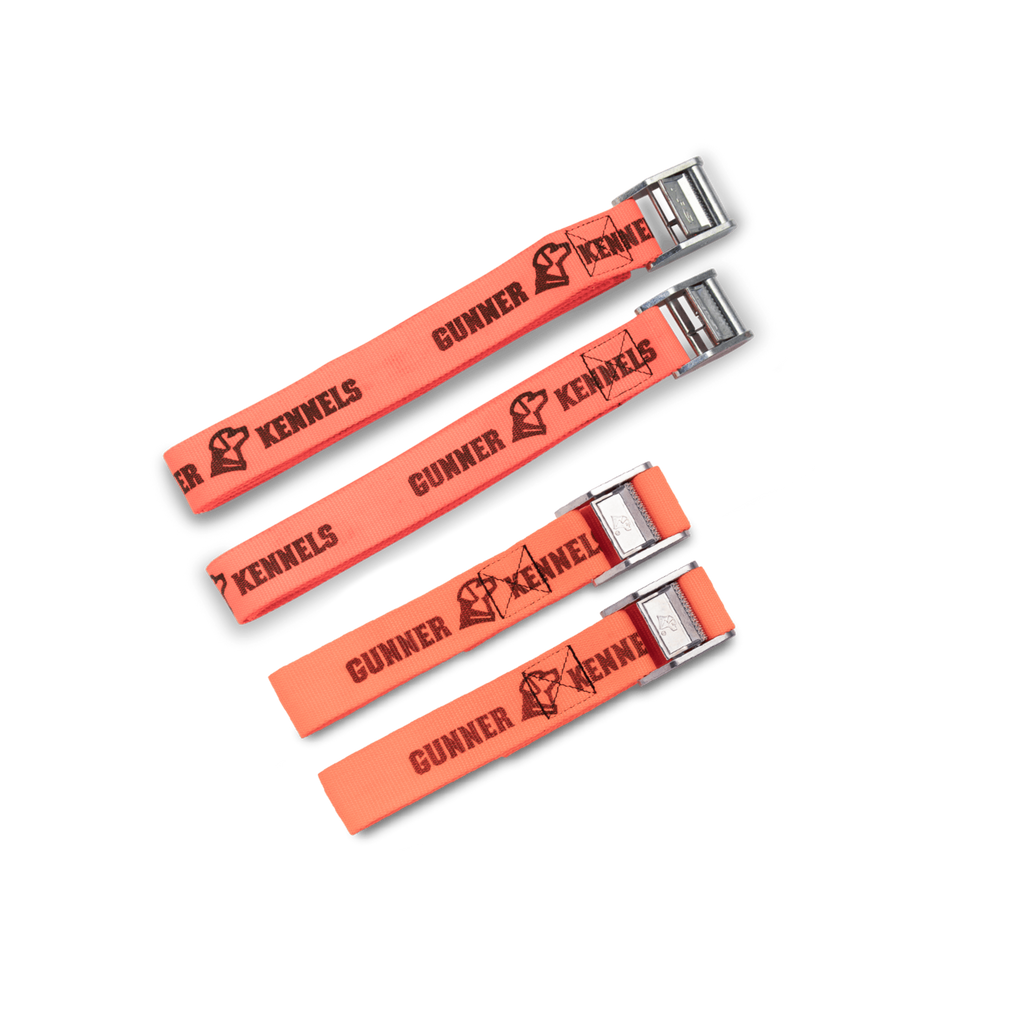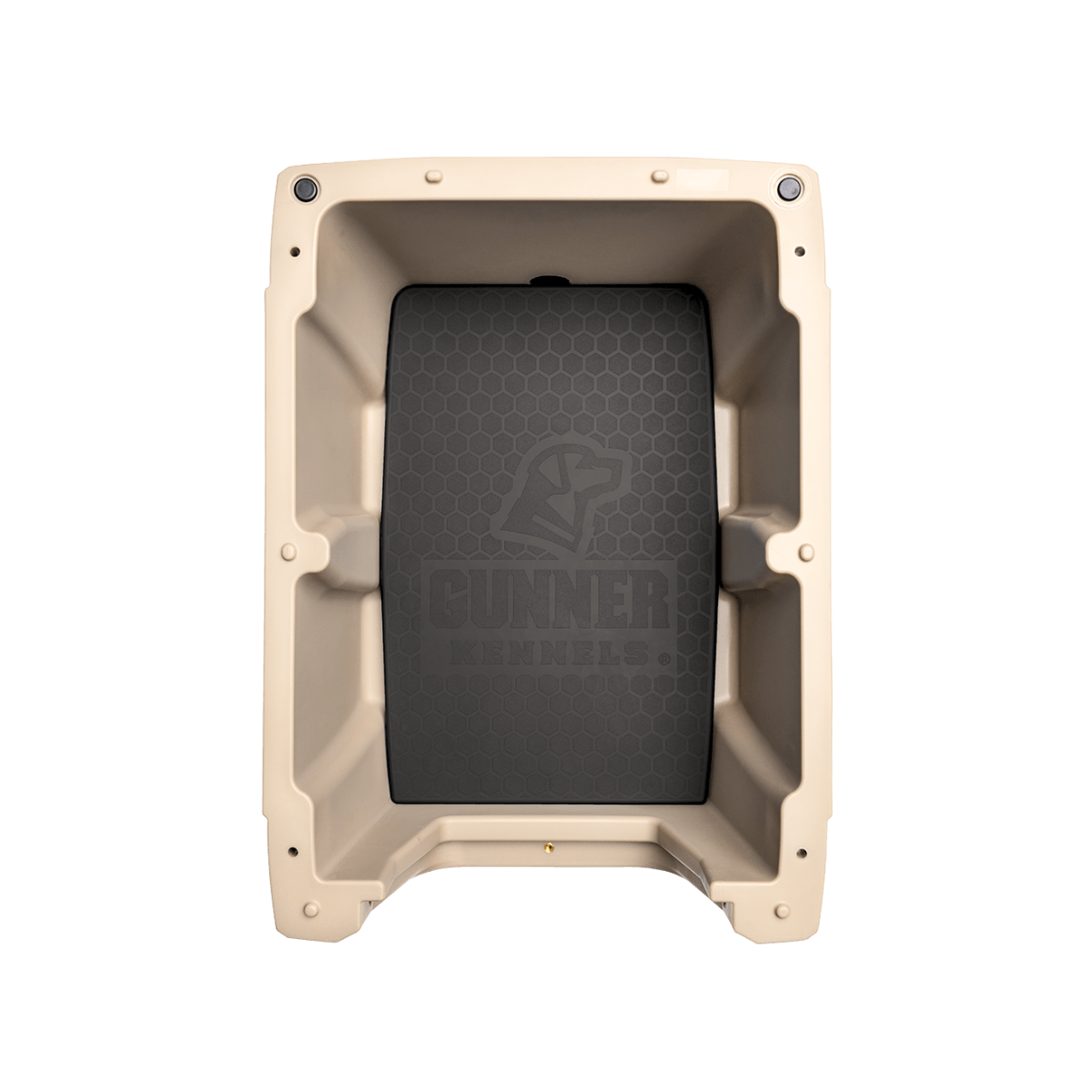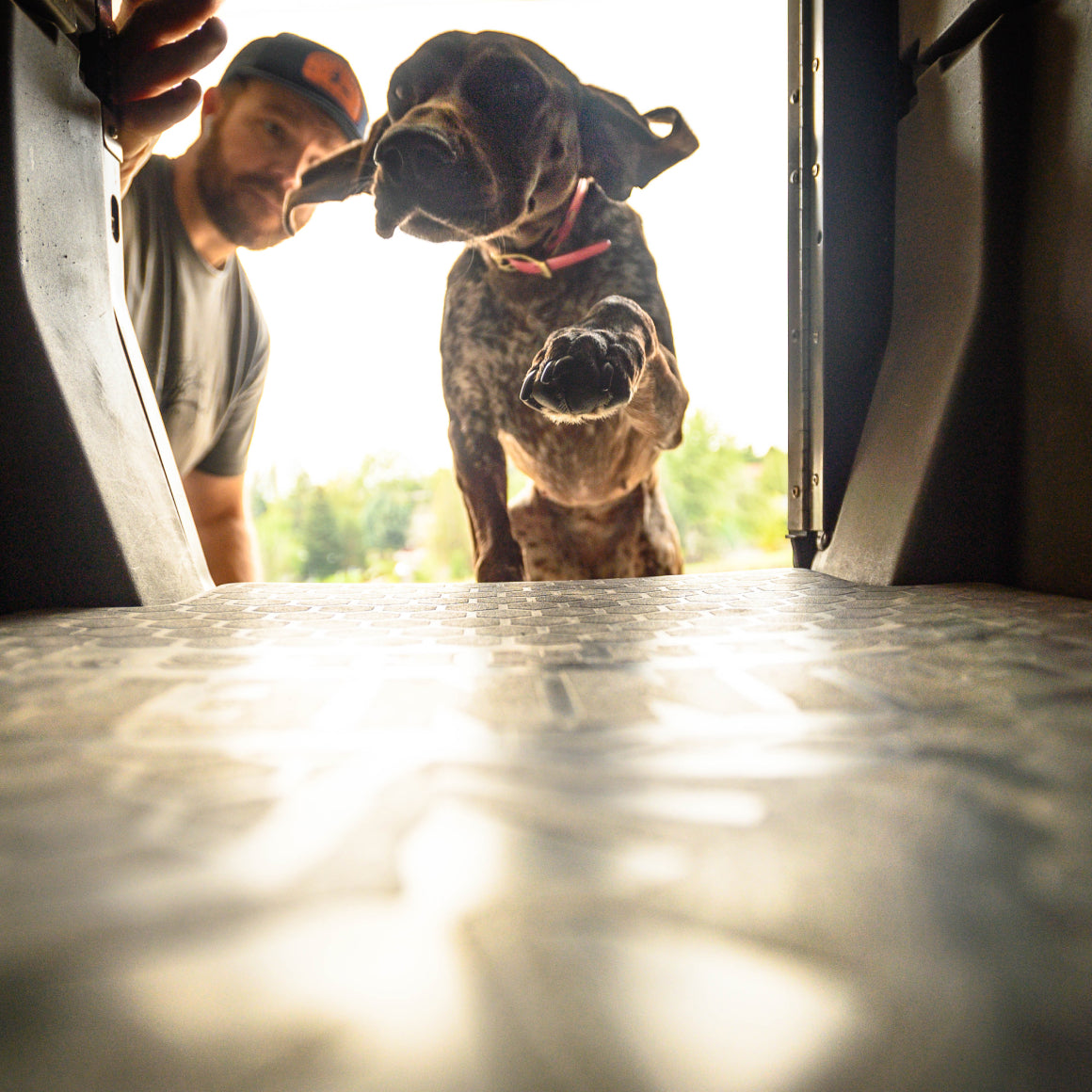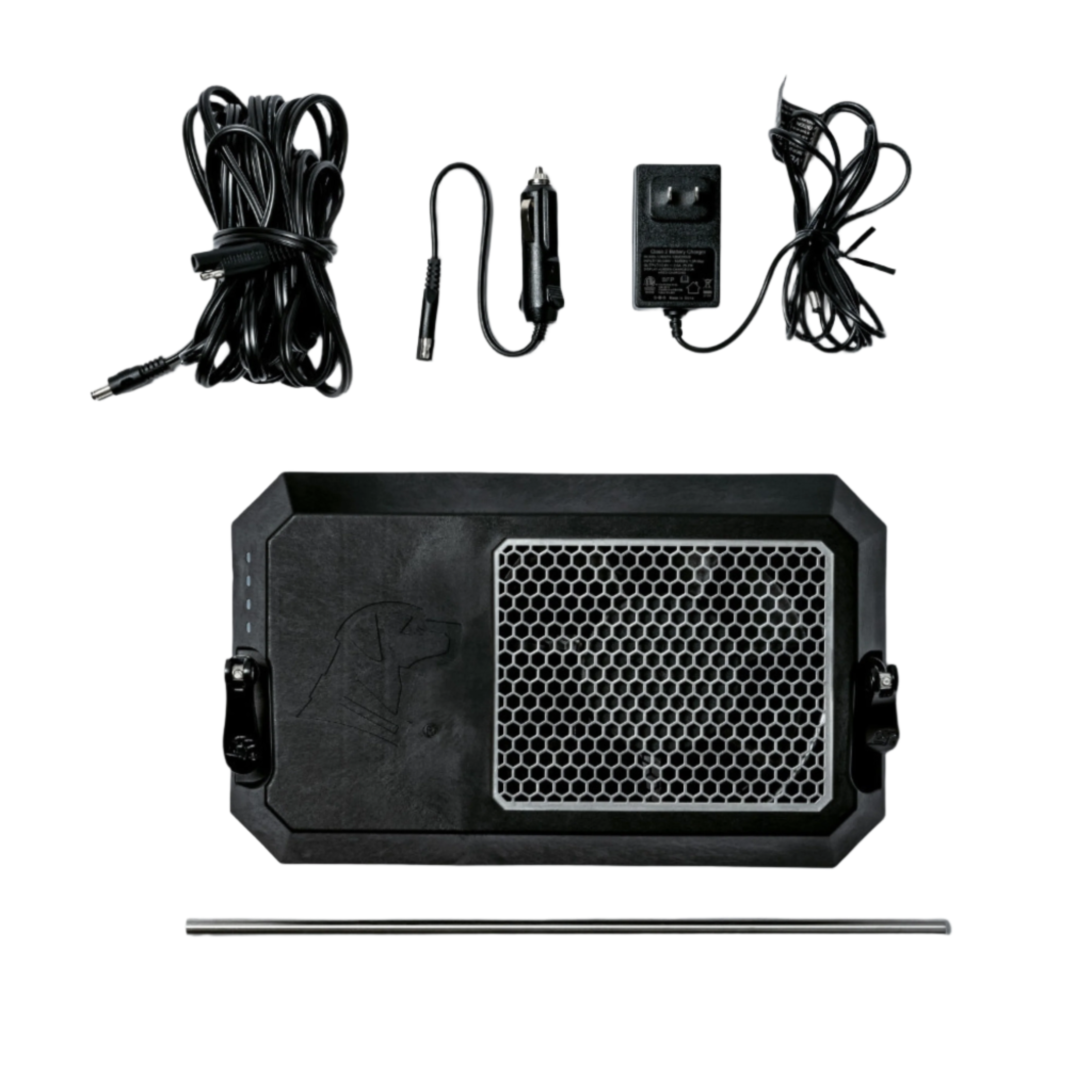written by Keith Parvin | Cornerstone Gundog Academy
4 Phases of Learning
One of the key things we have learned since we began dog training is understanding what phase of learning our dog is in, relative to a particular skill or drill within the overall development process. It helps us connect with the dog and have a better feel for what is needed to advance through the development process as smoothly as possible.
We hear it all the time, someone calls wanting help with their dog. They had their dog with a trainer and the dog demonstrated well on pick up day or on videos that the trainer sent them, however when they started working with it at home or in the field, it just didn’t perform as expected. Maybe you have experienced this or had your pup you are training just not perform when you move to another drill or training location.
Does that mean the trainer did a lousy job? Not likely, It really has more to do with our expectation relative to an understanding of what phase of Learning your dog is in. We find that one of the keys to a successful transition is good communication relative to where the dog is in its training or as we like to say development.
We like to use the following as the language to describe the dogs level of training. Once you fully understand the development process is a series of graduated accomplishments through each of the 4 Phases of Learning, it will be easier to make sound judgments as to the needs of your dog and how to move through the process easier.
Overview of the 4 Phases
Acquisition
This is the 1st phase and is where your dog acquires the behavior you desire it to exhibit. Patience and accuracy are the keywords here.
Fluency
This is the 2nd phase and where your dog becomes fluent or use to the behavior you are teaching it. Repetition and speed are the keywords here.
Generalization
This is the 3rd phase and it is very important. In fact, this is where owners sometimes get frustrated when their dog doesn’t perform at the level they had hoped or even witnessed during earlier training or when they were with their trainer. Time and experiences are the keywords here.
Maintenance
This is the 4th phase of training and it is ongoing but the dog definitely can perform the skill in many different situations and locations. In addition, different handlers can get the dog to perform as well. Enjoyment is the key word here.
Another key to effectively developing your gun dog is keeping a checklist of skills and/or drills and having a visual of where your dog is at any given time. Here is an example to give you an idea:
In the above table each Phase is represented as follows:
* = Acquisition
** = Fluency
*** = Generalization
**** = Maintenance
It is vital that you realize that your pup or dog can be fluent but not generalized from one skill to the next.
In the example above, all three dogs are fully trained in the recall command in a variety of situations and have proven themselves to respond 10 of 10 times regardless of the environment and situation. Only Bo is fully trained in delivery to hand, and 50-yd memory. Bo is acquiring the “Back Command. Henry is gaining fluency in Delivery to hand while acquiring the 50-yd memory skill. Lula is acquiring Delivery to hand. As you can see, in most instances generalization occurs as you begin working in the acquisition or fluency phase of other related skills.
Building a legendary gun dog takes time and requires mastering the skills necessary in a building block type process. Think about this as you move through each module of Cornerstone Gundog Academy. Each skill builds on the last until you have a complete and well-trained retriever. It’s a learning process for both you and your dog. Once a dog is fluent and generalized in non-hunting situations you should then move the training to the field or blind where you will generalize through many retrieves in a variety of hunting situations. Keep in mind it will take a while for the dog to fully understand what you want on the hunt when the emotions are high.
Our recommendation is when you go to the field during the first season that your mindset is, you are there for the dog. Help them get accustomed to their experiences. Once you do that your dog will be there for you, for many seasons to come. Before long, you will begin to see the dog anticipating what you want from them and performing at an exceptional level.
For more information, stay tuned for our soon to be an available module, “How Dog’s Learn” where we will give you a broad understanding on several different topics related to learning theory that is sure to help you get the most out of your experience with your dog.
– Keith Parvin
Cornerstone Gundog Academy, Co-founder
